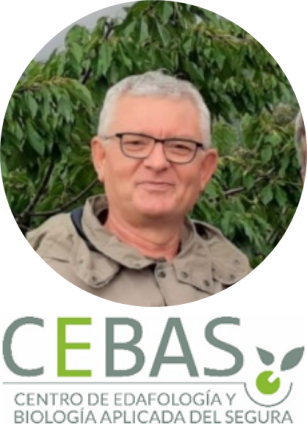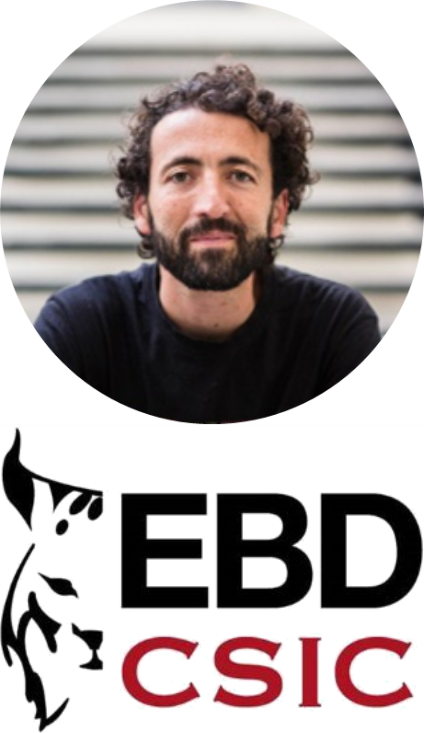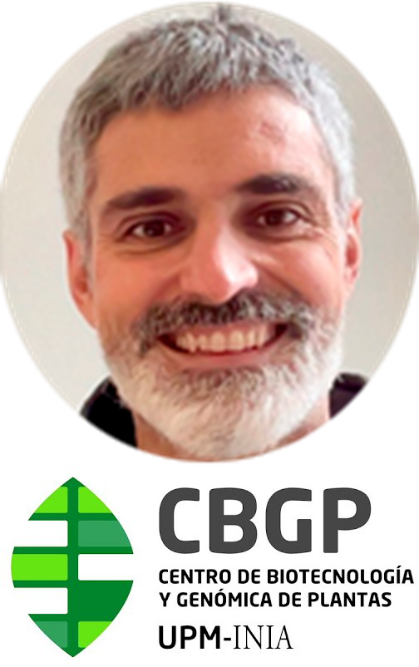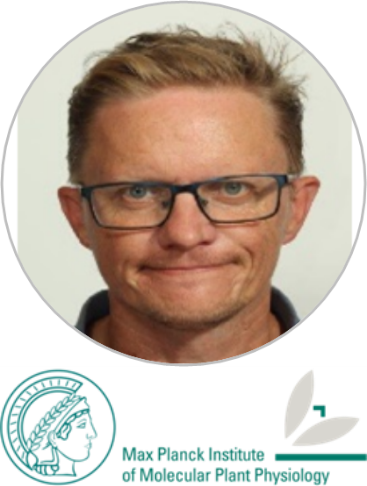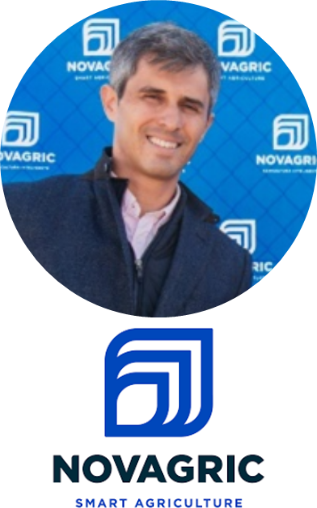
We are a multidisciplinary consortium of 5 partners united with the objective of bringing to market the DARkWIN concept
Spanish National Research Council (CSIC)

Spanish National Research Council (CSIC) is Spain's largest public research institution and ranks third among Europe's largest research organizations. Attached to the Spanish Ministry of Science and Innovation, CSIC plays a key role in scientific and technological policy in Spain and worldwide. Within this national institution, four centres are involved:
CENTRE OF EDAPHOLOGY AND APPLIED BIOLOGY OF SEGURA (CSIC-CEBAS)
Besides coordinating activities (WP5), it will provide space and infrastructures required for a phenotyping platform (WP1-2), will perform agronomical, physiological, and pollinator assisted phenotyping, and will contribute to flower status through ionome and hormonal profiling of mapping population (WP3-4).
PI: Prof. Francisco Pérez Alfocea (project coordinator)
CENTRE FOR AUTOMATION AND ROBOTICS (CSIC-CAR)
It will develop the bee location and tracking system based on lightweight RFID tags and low-frequency RFID readers embedded in tomato plants, which allow detection and identification of pollinator bees; in addition to a vision-based system, capable of detecting small moving objects (bees), separating them from the background (plant branches, leaves), to verify activity detected by RFID system (WP1); and its integration in the phenotyping platform and training activities (WP2). They also contribute to pollinator-based phenotyping in WP3 and WP4, for checking quality data acquisition.
PI: Prof. Antonio Ramón Jiménez Ruíz
DOÑANA BIOLOGICAL STATION (CSIC-EBD)
Thanks to their long experience in insect ecology and analysis of plant x pollinator networks, they will optimize label reading technology to minimize alterations in their behavior, thus obtaining clear and objective data that will be analyzed for the study of such behavior and characterize floral morphological features (WP1-4). They will also help in project management, communication and dissemination (WP5).
PI: Dr. Ignasi Bartomeus
CENTRE FOR PLANT BIOTECHNOLOGY AND GENOMCIS (CSIC-CBGP)
Is credited as a Center of Excellence Severo Ochoa by Spanish Ministry of Science and Innovation, and has recognized expertise bioinformatics, genetics and genomics of introgression line populations to oversee genetic analysis of quantitative traits and creation of a database of transcriptional signatures (WP3) based on pollinator choices.
PI: Dr. José María Jiménez Gómez
MAX-PLANCK INSTITUTE OF MOLECULAR PLANT PHYSIOLOGY (MPIMP)
World-leading research facilities and scientists in the fields of metabolism and systems-oriented approaches, which makes them the best choice to oversee generation of tomato flower metabolomic data (primary and secondary metabolites, and lipids; WP3-4), and integration with in planta optimized source-sink relationships, pollinator preferences, and plant resilience under climate change.
PI: Prof. Alisdair Fernie
UNIGENIA SEMILLAS
Its tomato breeding program will be the basis for parent evaluation and hybridization according to their performance under climate change following conventional and pollinator-driven phenotyping and selection in proof-of-concept WP4. It will disseminate DARkWIN NPBT through its farmer, dealer, and market networking (WP5).
PI: Mr. Aquilino Sánchez López
DORIANE
Worldwide-recognized company with more than 30 years of experience in developing plant breeding and research software for the seed industry and agronomy sector. WP1-2 will develop software for annotation of spatialtemporal plant x pollinator information and integration with other data into a pollinator-assisted breeding software for making breeding decisions in WP3-4. WP5 will lead the elaboration and implementation of the Data Management Plan.
PI. Agric. Eng. Tristan Duminil
NOVAGRIC
Is the Spanish company with most international projection in greenhouse technology, investigating and developing solutions to make plant growing more profitable, productive, and efficient, contributing to EU Taxonomy Regulation. It will design and build phenotyping platform in WP2, and will integrate antennas, readers, and communicating systems, and will contribute to training activities.
PI: Agric. Eng. Juan Pardo Martínez
